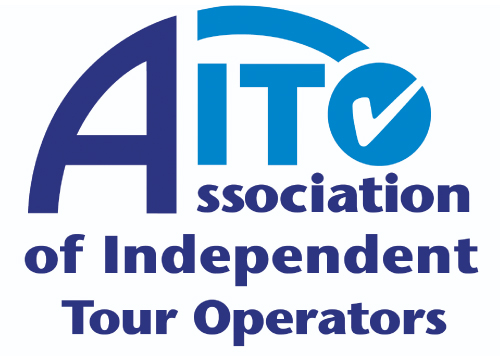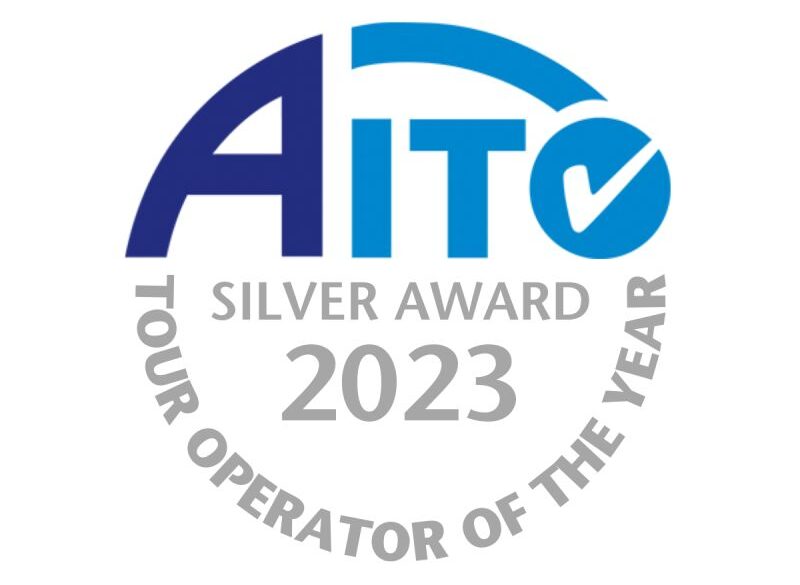OPTION 1 : “Akachochin” Red Lantern Local Food Tour
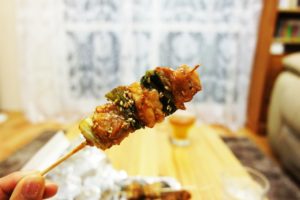
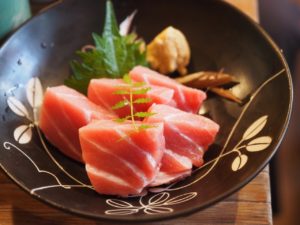
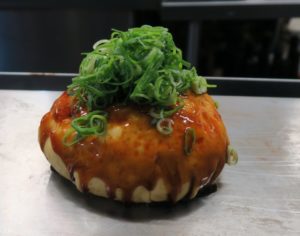
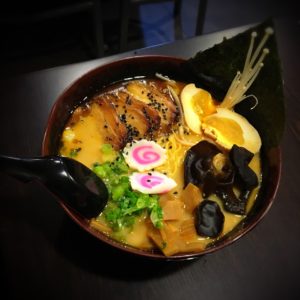
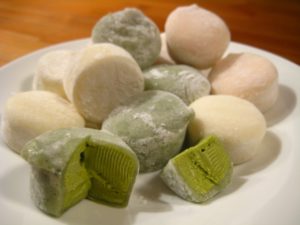
Take a stroll around one of Tokyo’s trendiest areas, conveniently located minutes away from the vibrant district of Shibuya. A popular place for locals ranging from their mid-twenties to early forties to grab a drink and a bite, this area boasts some of Tokyo’s best casual eateries driven by competition among local restaurant.
On this tour you will visit five different restaurants and izakaya (Japanese casual pub) and get to experience some of the authentic food locals enjoy. These are friendly places where you can interact between patrons with the help of your bilingual guide. You will eat:
1. Yakitori (grilled chicken skewers)
2. Sashimi & sake tasting
3. Okonomiyaki (savoury pancake)
4. Ramen or Udon noodles
5. Japanese Ice cream
Food and one drink at each restaurant are included. Extra drinks or food orders will be payable on the spot. This tour can be shared with other participants (max. 6 pax) or privately guided. Please inform us about your preference.
*Minimum age requirement: 16. Please note teenagers below 20 cannot drink and will not be served alcohol.
*Vegetarian option possible for private tour (please request at time of booking).
*Please note that in casual restaurants in Japan smoking is allowed.
*Dietary restrictions and allergies can be accommodated only if not serious, as kitchens are very small and the same utensils will be used to cook all food, so contamination could happen.
OPTION 2 : Tokyo Local Gourmet Tour
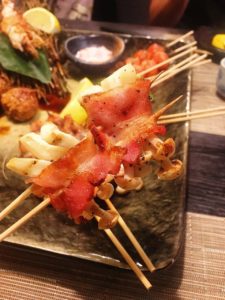

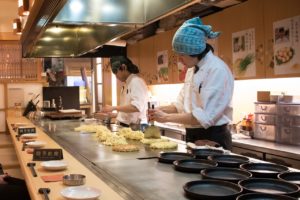
Japanese cuisine is not only the refined sushi and tempura, but it has a wide range of equally delicious, more casual dishes that the locals love. Discover these delicacies with a local guide.
First, head to Yurakucho and mix with the “salarymen” (office workers) who relax with a beer and a grilled chicken skewer (“yakitori”) in the so-called yakitori alley. You will enjoy two yakitori of your liking and a drink in a typical yakitori establishment.
Hop on the underground and head to Tsukishima, a “shitamachi” (area with small businesses, diverse eateries and a casual atmosphere) neighborhood just across the river from Tsukiji market. You will see that many of the retro restaurants that line its street offer a dish called “monjayaki”. It is a tasty dish consisting of a flour and vegetables batter with different toppings cooked right on the table on a hot plate and eaten with small iron spatulas.
At the end of the dinner, your guide can drop you off at an izakaya (Japanese pub) in central Tokyo (you will then be on your own and all orders will be on you – the guide will explain how to go back to your hotel) or take you back to your hotel.
Meal per person: two yakitori sticks + one drink, one monjayaki + one drink. Vegetarian alternatives available.
*Dietary restrictions and allergies can be accommodated only if not serious, as kitchens are very small and the same utensils will be used to cook all food, so contamination could happen.


